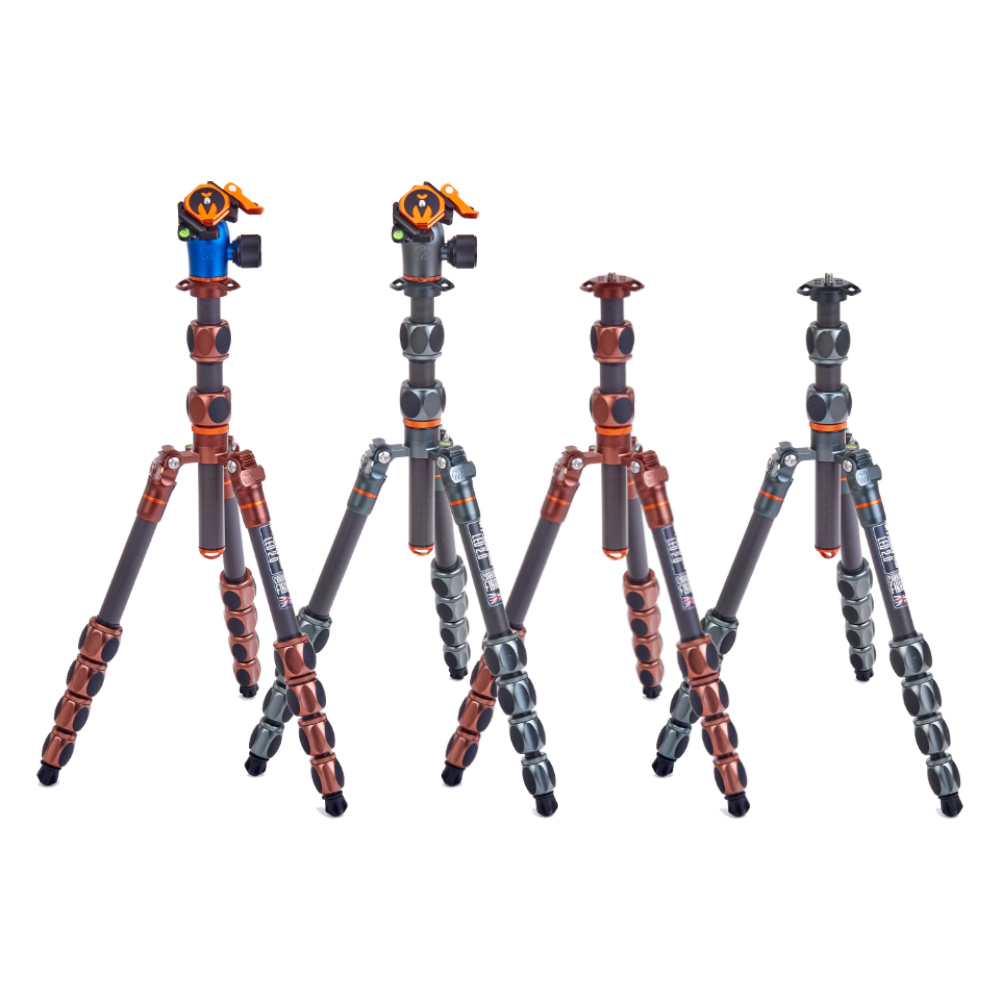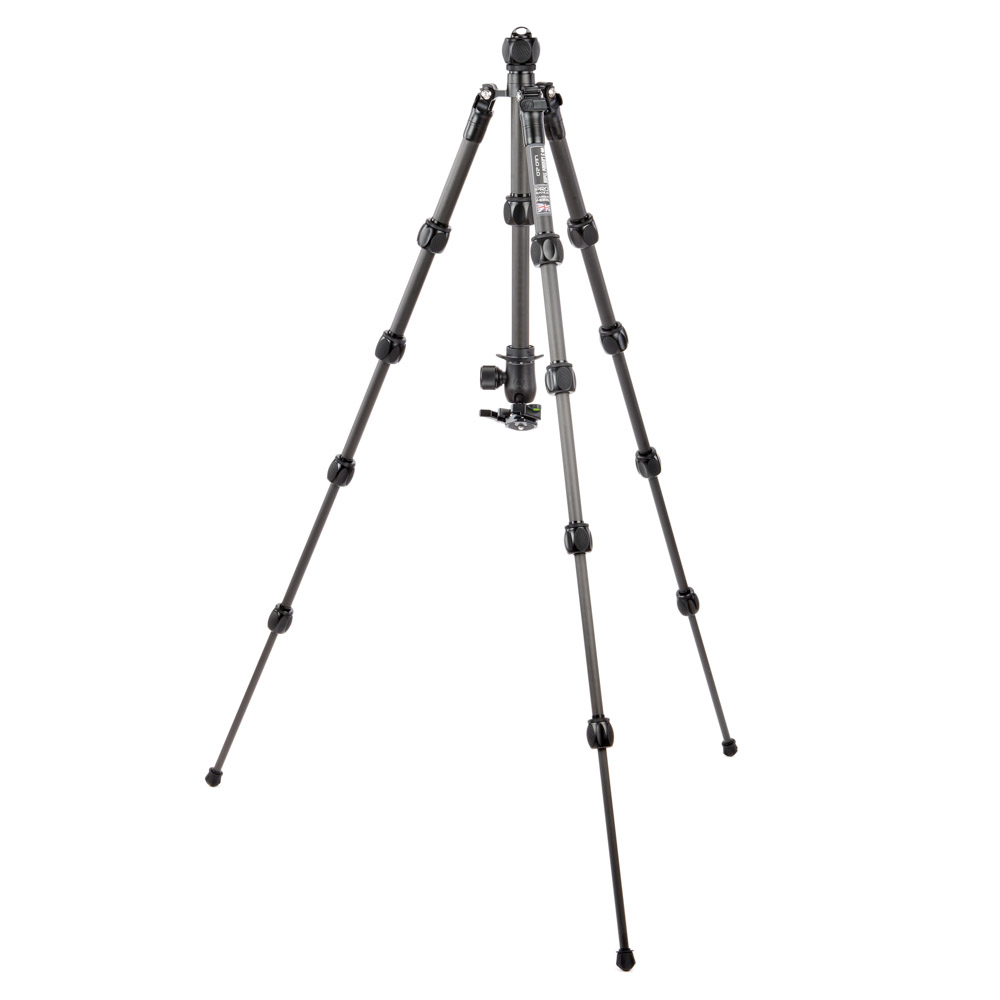Okay, here’s the thing: I’ve been messing around with this AI thing, Leo, trying to get it to do some cool stuff. And let me tell you, it’s been a wild ride. I finally got to what I’m calling “Leo 2.0”.
So, first off, I had to get this thing, Leo, set up. It’s supposed to be some kind of smart assistant, right? I went through their setup, you know, all the usual stuff. Nothing too complicated, it’s a fairly easy installation.
Phase one was just seeing what it could do out of the box. I started throwing basic questions at it, like “What’s the weather?” or “Tell me a joke”. It handled those fine, pretty standard. It is just like any other AI assistance with basic answers.
But then I wanted more. I started digging into the settings, trying to see if I could tweak it. I discovered that I could create these “groups” for different tasks. I thought that was pretty neat, so I made a group for “work stuff”, one for “home stuff”, and another one for just random experiments.

- Work Stuff
- Home Stuff
- Experiments
That’s when things got interesting. I found out you could feed it all sorts of data. Documents, web pages, you name it. So, I started uploading a bunch of my own notes, some articles I found online, and even some of my old code projects. This is what I uploaded.
- My Notes
- Articles
- Code Projects
Here comes the training
Next up, I started “training” it. I’d ask it questions related to the stuff I uploaded, and if it got something wrong, I’d correct it. It was slow going at first, but it started to pick things up. It was like teaching a kid, except this kid could read a whole library in seconds. And it remembers every detail, every word, and learns very quickly.
After a few days of this, I felt like I was really getting somewhere. I could ask it about my own projects, and it would actually give me relevant answers. It even started suggesting ideas, which was kind of freaky but also really cool. It’s learning the knowledge that I taught him.
But it wasn’t perfect. Sometimes it would get confused or give me answers that didn’t quite make sense. When that happened, I’d go back to the data, add more stuff, and refine the training. It was a constant process of tweaking and adjusting.
Finally, after a lot of trial and error, I got it to a point where I was pretty happy with it. It was able to handle most of the tasks I threw at it, and it was actually helping me be more productive. That’s what I’m calling “Leo 2.0”.

I’m not saying it’s perfect. It still has its quirks, and there’s definitely more work to be done. But it’s a huge step up from where I started. It’s like having my own personal research assistant, one that knows my work inside and out. I’m pretty stoked about it, and I think it has a ton of potential. So, yeah, that’s my Leo 2.0 story. I think it was a pretty fun experience.







